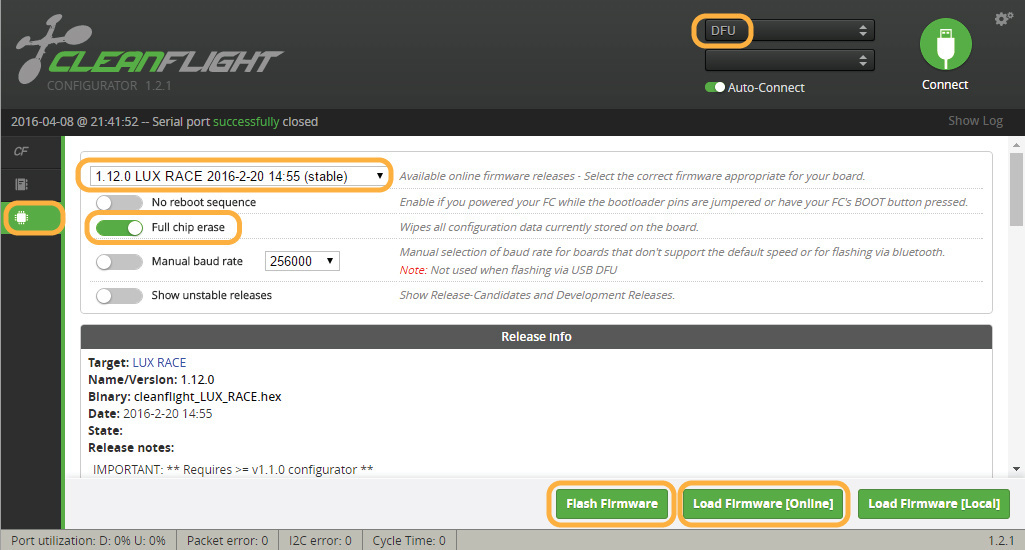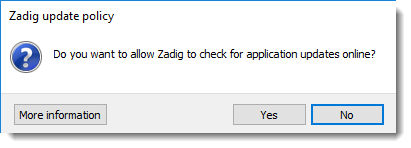To install LibUSB on your Windows computer, follow this instructions: 1. Download latest version of LibUSB from.
Make sure that you download a zip archive with the file name like 'libusb- win32-bin-.zip' ( stands for a number like 1.2.2.0). Otherwise you can see all files under and download the right one from there. Extract the archive to any folder of your choice. This is not a software that needs to be installed into your system. Ensure that your black PaSoRi is connected to the computer.
Zadig Driver Updater
Installation for Windows 8 or 10 (Continued). In the window that opens, choose libusb-win32 (v1.2.6.0) in the field to the right of the green arrow, and press the. Windows XP seems to work. Windows vista,7,8,10 are all questionable. Does not work as presented but you still want to use the filter driver you can try two other options: - Use the Windows XP version of Zadig (Some users report this worked for later versions of Windows). Use the filter driver installer available here: libUSB-win32.
Zadig is used to replace the Windows driver so the RLTSDR driver can access the dongle. Select 'Options' and tick 'List All Devices'. From the drop-down list select 'Bulk-In, Interface (Interface 0)', then click the 'Replace Driver' button. A warning may appear that the publisher cannot be verified, click on 'Install this driver software anyway'. Zadig allows you to mix and match your hardware with a particullar driver: WinUSB, libusb, libusb-win32 or libusbK. If you used RTL SDR or any other open sourced project involving USB driver which need a. Instructions Go to and download the software (note that Windows XP has a separate link). Plug in your USBasp or USBtiny device. In case your microcontroller uses a USBasp or USBtiny bootloader, enter bootloading mode, and let Windows detect the device (it will report driver not found).
Start the program inf-wizard.exe in the directory bin of the extracted folder. Confirm the first screen with click on the button 'Next'.
Zadig is a Windows application that installs generic USB drivers, such as WinUSB, libusb-win32/libusb0.sys or libusbK, to help you access USB devices. Installation for Windows 8 or 10 (Continued). In the window that opens, choose libusb-win32 (v1.2.6.0) in the field to the right of the green arrow, and press the.
In the 'Device Selection' window select PaSoPi from list. If no FelicaPort or Pasori device is listed, select the USB device with Vendor-ID 0x054C and Product-ID 0x02E1 and confirm your choice with click on the button 'Next'. In the 'Device configuration' window text fields for Vendor ID and Product ID should already be filled with values from above. If not, fill in the Vendor ID = 0x054C and Product ID = 0x02E1. Let the MI text field empty. Choose some Manufacturer name, e.g.

Winusb Driver Zadig
'Sony' if not already done by wizard Choose some Device name, e.g. 'PaSoRi' or 'FelicaPort' if it is not already done by wizard.

Zadig Usb Driver Download
NOTE: Wizard will later try to use the device name as a file name. So do NOT use characters that are not allowed (especially these are? ': / * ) or remove them if wizards chooses the device name automatically. If a click on 'Next' does not work, choose a simpler name without special characters.
Confirm the input by clicking on the button 'Next'. Save the.inf file in a directory of your choice. This will be the driver file for your PaSoRi. The wizard will create some additional files and folders, so we recommend to create a new folder for the driver and not to save the driver directly on your Desktop for example. 'Information' window is displayed with info about created driver files.
Start the installation of the driver by clicking the button 'Install now.' The installation process can take some moments.
Finish the installation with 'OK'. Best remo recover windows activation key free download 2016 download and torren. Now your PaSoRi is installed and you can find it in the Device manager of your system as a LibUSB-Win32 Device.
You may check the installation also by running the tool 'testlibusb- win.exe' in the folder bin x86. The information that you see should start with a text like following: DLL version: 1.2.2.0 Driver version: 1.2.2.0 bus/device idVendor/idProduct bus-0/. Libusb0- 0001--0x054c- 0x02e1 054C/02E1 - Manufacturer: Sony. Especially the DLL version and Driver version have to match and you should see 054C/02E1 in the text to verify that the driver is installed for the correct device.
Hi Folks, This is a new thread regarding elimination of the libusb dependency. To start things off, there are two options current on the table. 1) Moving to a USB/Serial implementation. 2) Moving to a HID implementation.
All are welcome to provide insights into this topic. USB is not a strong suit for me.
Any help is appreciated. One thing is for sure, elimination of the libusb dependency is an absolute. We need something that is universally supported by the various current operating systems. -- Thank you for your support and business, 73, The Multus SDR,LLC Team, Ron / W4MMP. Hey Ron, I've reviewed the source and driver files briefly, but since libusb has a long and storied history, it helps to get understanding straight from the developer. First question: Does the ExtIO DLL use the older libusb-win32 library () or the newer libusb for Windows ()? The older library is tightly bound to the decrepit libusb-0.1 API and driver, and requires the libusb0.sys kernel driver in order to function.